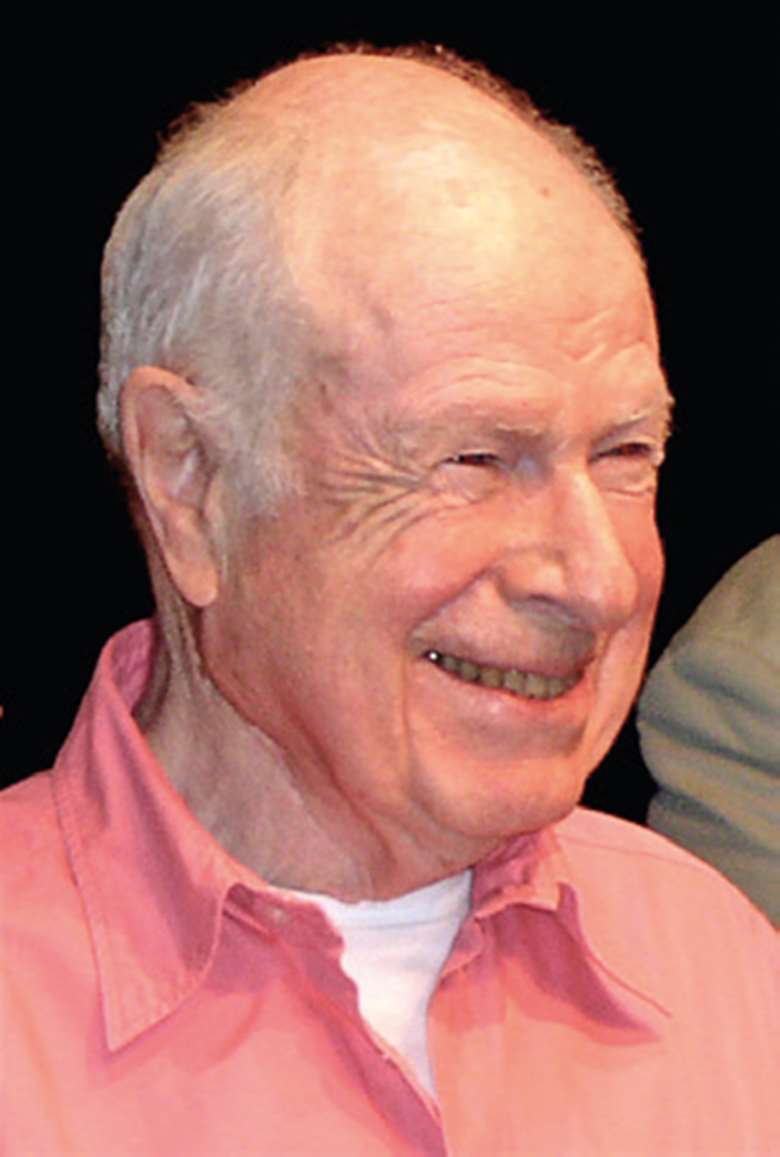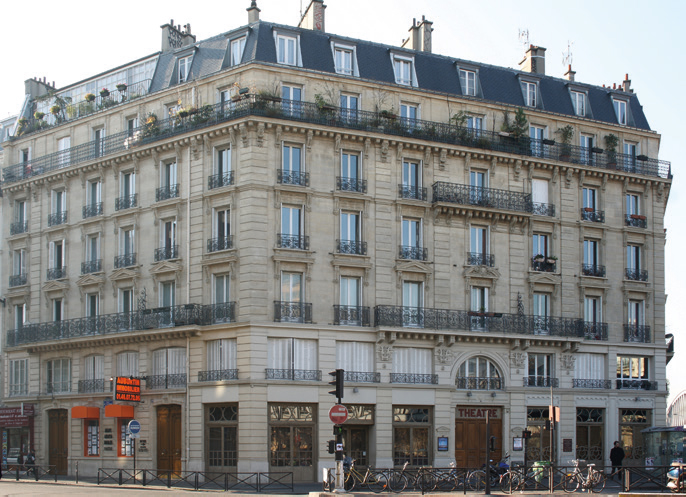Practitioner focus: Peter Brook – Part one
Peter Jolly
Saturday, December 1, 2018
At 93, Peter Brook remains one of the most influential international theatre practitioners.

John Thaxter/Wikimedia
Born in London, he has collaborated with some of the most extraordinary figures in 20th-century theatre. His work at the Shakespeare Memorial Theatre, and then the Royal Shakespeare Company, was confident and revolutionary, culminating in the 1970 production of A Midsummer Night's Dream. It was famously performed in a white box designed by Sally Jacobs, with actors using trapeze and stilts to convey the magic of the play. Two other productions help define his theatrical career, Marat/Sade and The Mahabharata. His move to Paris marked a shift from telling stories with a specific narrative objective to telling stories with overtly universal themes. His internationalism and cosmopolitan outlook has recently seen him take a strong stance against Brexit.
Key influences
Packaging Peter Brook for examination purposes runs contrary to his desire to ‘avoid the snobbery of categorisation’. He is a magpie who believes that ‘life is a patchwork of influences’. Brecht's ideas about theatre as a forum for change and debate influenced the young Brook and Artaud's idea of ‘total theatre’ was another strong influence. Studying Greek theatre and Shakespeare deeply influenced his understanding of the actor/audience relationship and the use of shared space. His work has always had a significant international dimension, and the influence of India, East Asia and Europe (most notably France) can be seen across his work. Brook has said that performance should reflect ‘every aspect of human existence’.
Key Features
- The actor is the spring of all creativity
- Actors must always be intensely aware of the audience and that audience must not be passive
- Throughout the rehearsal process it is the director's role to free the actor's impulses, it is a time for rigorous experimentation and for trial and error
- Performance emerges from experimentation and shouldn't be pre-planned
- Productions should not be defined by a theatre space; spaces should be designed to suit the play
- Actors must discover simplicity in word and physical action
Exercises
To match the intentions of Peter Brook, exercises should happen in a space where cushions are provided for non-participants and a marked area on the floor designates the area of activity.
It is important that preparatory exercises are repeated, refined and mined for detail. This process unleashes creativity, making the actor more alive than they are in everyday life (an intention inspired by Artaud). The ensemble is key to Brook's work and his exercises are also designed to create trust and communication between actors.
Mirror Reflection
This simple exercise is repeated throughout Brook's rehearsal notes. Rigorous copying of improvised movement creates a concentration on an actor's physicality.
- Two members of the group focus on an everyday task, one leading and one following through the mirror
- The activity must be watched by the members of the ensemble and then commented on
- The actors then should move with ‘free invention’, once again the activity should be dissected by the ensemble
- Intensive discussion should follow the activity before it is repeated by other members of the ensemble.

© G Freihalter/Wikimedia
Brook's International Centre for Theatre Research has been based at the Bouffes du Nord theatre since 1974
Sound in Circle
Brook's works also emphasise sound.
- With the same setup as above, one actor sits in the middle with the other actors sitting on the edges facing outward
- The centre actor makes a sound that is then imitated by the other actors
- The sound is then repeated by the actor in the centre of the group, as the exercise is repeated members of the outer circle supplement the sound. This might be done vocally, or by drumming the floor or percussively hitting the body – creating harmonies and rhythms that liberate the actor from words.
The Tightrope
Perhaps the most famous of all Brook's rehearsal techniques. You can watch him demonstrate it here: youtu.be/EotqLTeLGgs
- Set up the space as above.
- You may lay a rope out as a guideline, removing it before the activity begins.
- The actor needs to cross the carpet as if on a tightrope
- The actor needs to recreate the sense of peril that an actual tightrope-walker has
- The actor needs to recreate the balance that they would need on a tightrope
- The actor should create movements to demonstrate how they are crossing the tightrope.
Discussion: Forensically examine the activity, looking at the sense of peril, the balance and movement, as well as the actor's imagination.

